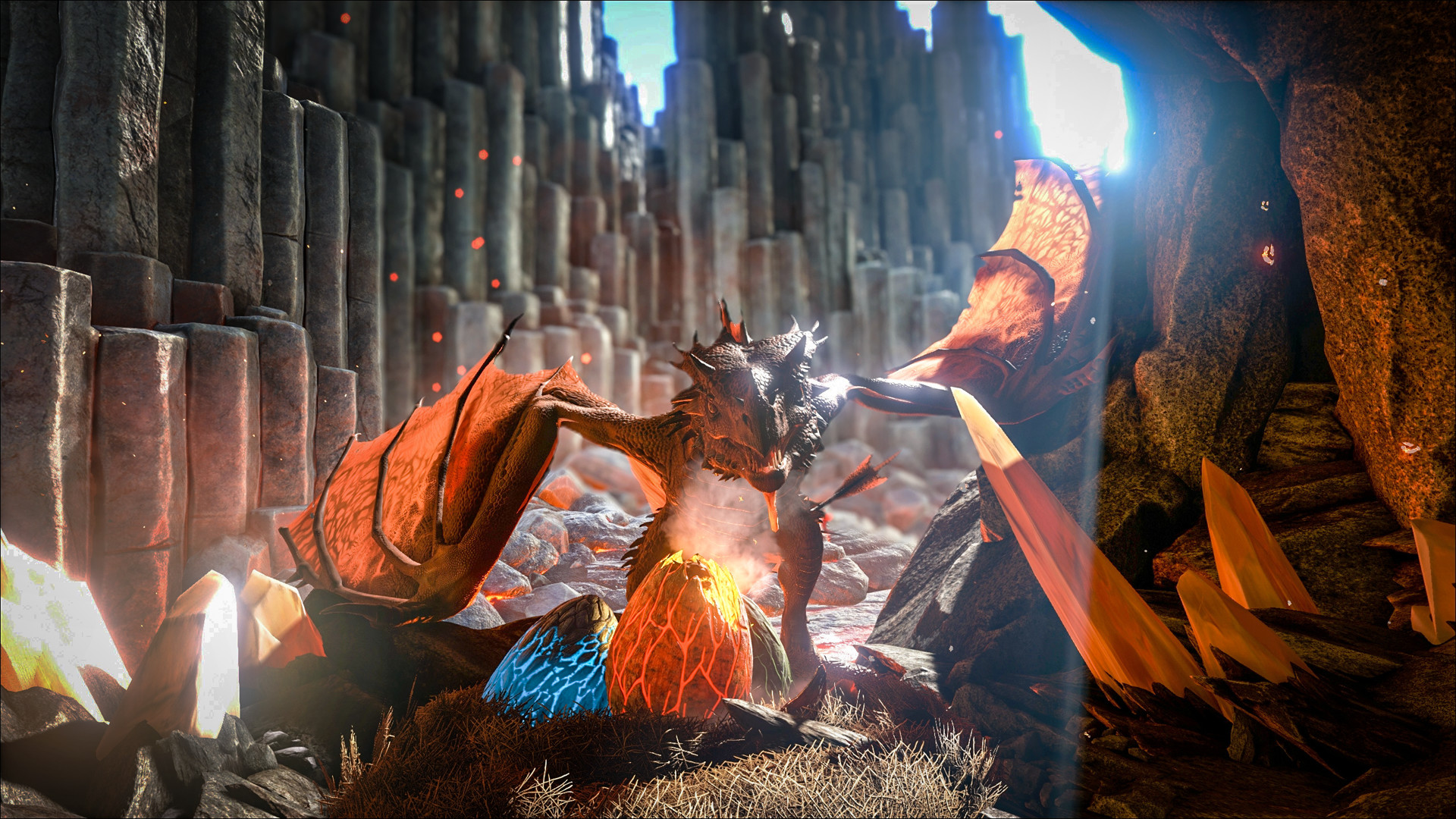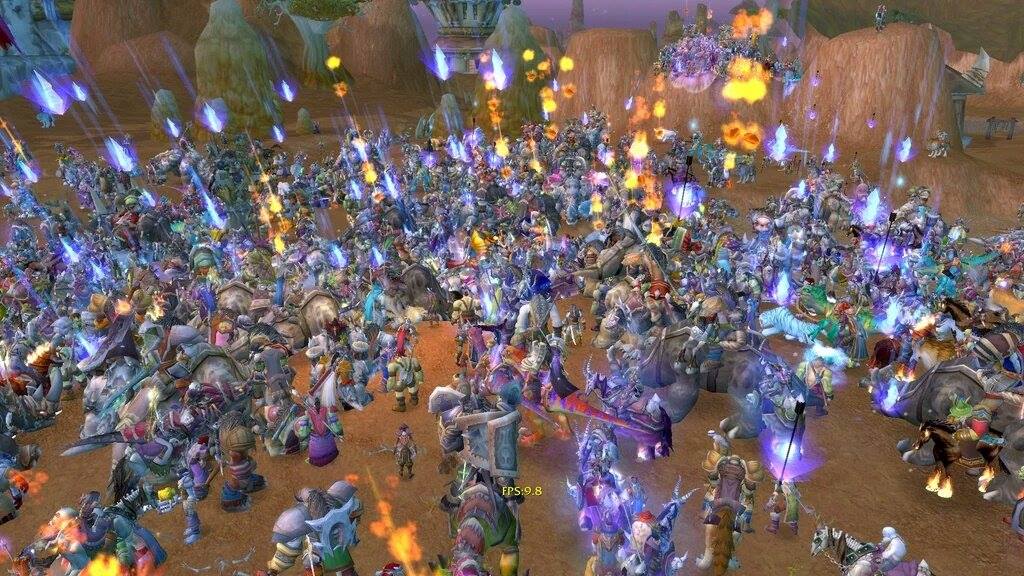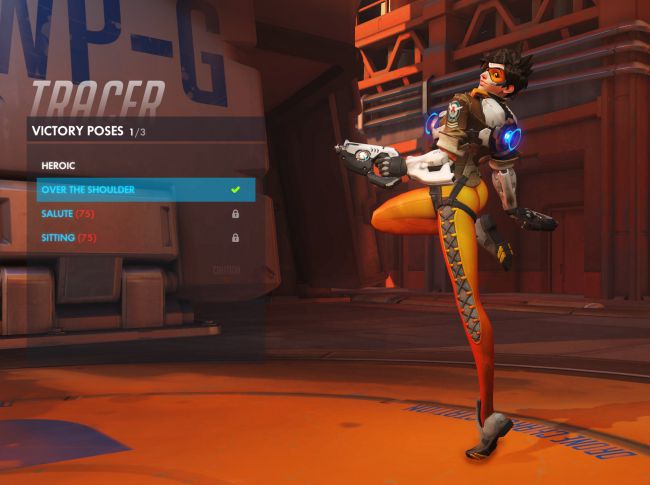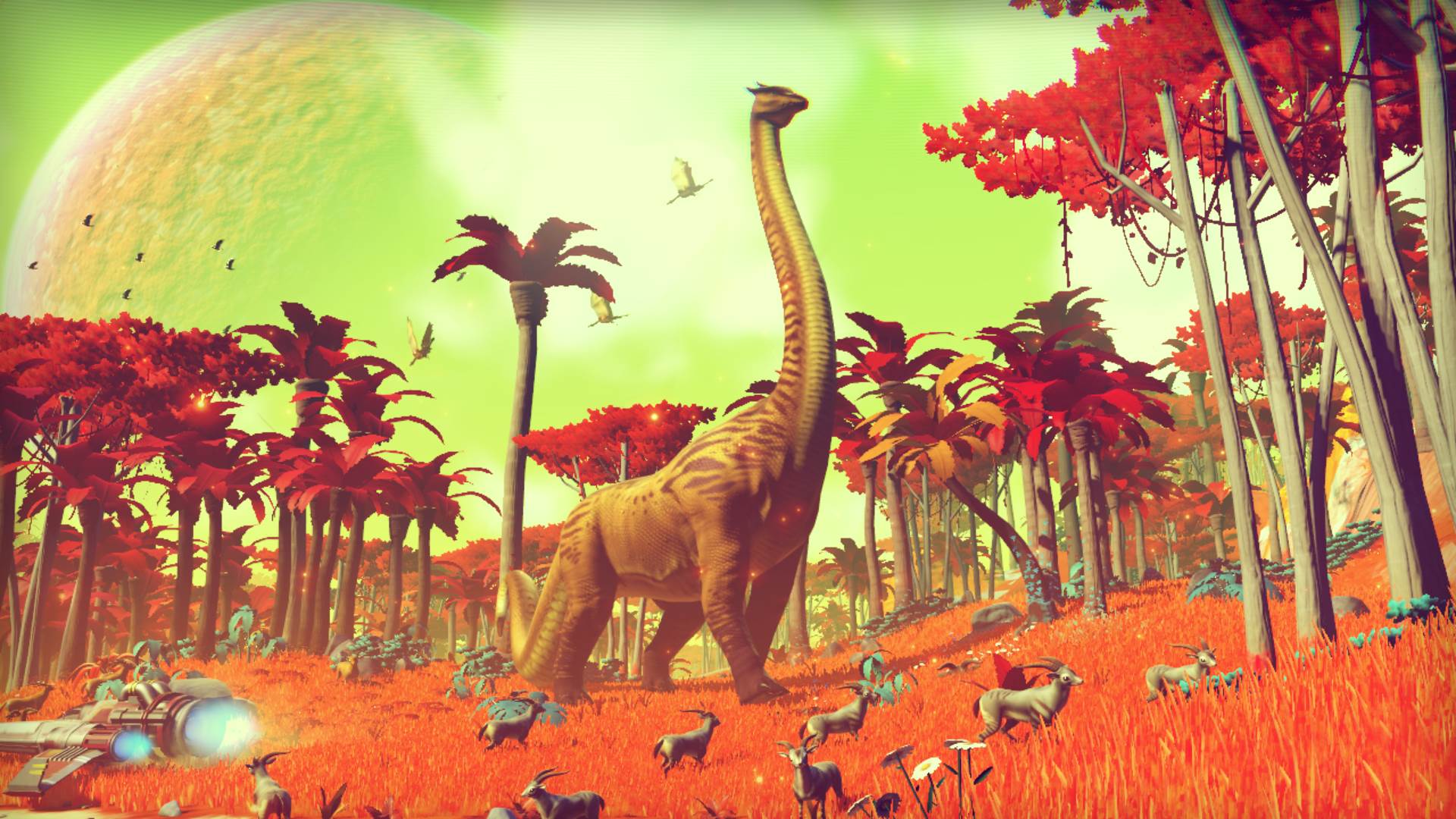The biggest PC gaming controversies of 2016
One of PC gaming's best years was also one of its most scandalous.
The openness of PC gaming allows anyone to contribute, from modders, Twitch streamers, and two-man dev teams to the biggest game studios in the world. But with no real regulator at the helm to set and enforce standards, it also means that everyone has shared ownership of the platform, opening the door to abuse, troublemakers, and scandal.
Pour a glass of dramamine and revisit the finest flubs that graced PC gaming this year. From least-most controversial to most-most controversial, these are the stories that drew the greatest negative reaction from the PC gaming community in 2016.

ARK: Scorched Earth
The pressure on Steam's Early Access program has only increased since its introduction in March 2013. Although Early Access has yielded excellent games like Darkest Dungeon, Don't Starve, Offworld Trading Company, Subnautica, Divinity: Original Sin, Infinifactory, RimWorld, and Kerbal Space Program, some PC gamers remain reluctant to buy into unfinished games and the uncertainty that the Early Access label sometimes carries.
In September, Studio Wildcard dealt a blow to Early Access' reputation when it released Scorched Earth, the first paid expansion for Ark: Survival Evolved. At $20, it was two-thirds the cost of the base game. Many fans were unhappy to see a game that was by definition unfinished getting post-release content. On the third most-popular post on the Ark subreddit ever, one fan criticized: "We paid for the developers to finish Ark: Survival Evolved, instead they took our money and made another game with it." Studio Wildcard defended its decision saying that implementing an expansion early would make the technical process easier for future expansions.
More reading:
Ark: Survival Evolved dev responds to paid expansion controversy
Valve must take greater ownership over Steam's Early Access program

Nostalrius
Vanilla WoW (that is, a pre-expansion version of World of Warcraft) has remained a popular way to play the most popular MMO of all time. As Angus wrote in April, "Nostalrius is a time capsule: a beautifully nostalgic record of what a living world used to look like. It's a museum piece created by passionate fans with no official alternative."
But it's against WoW's terms of service to operate an independent game server, even if that server takes no money from its community. In April Blizzard issued a cease-and-desist against Nostalrius, WoW's biggest vanilla server, which boasted 150,000 active players. The forecast was grim: Blizzard had shut down other vanilla servers before, and it felt unlikely that the internet petition that sprung up in response was going to reverse the action against Nostalrius.
Keep up to date with the most important stories and the best deals, as picked by the PC Gamer team.
The server owners complied, shutting down Nostalrius in April, but the fight wasn't done. Shortly after, they managed a face-to-face meeting with Blizzard to press their case for the value of vanilla WoW. "After this meeting, we can affirm that these guys WANT to have legacy WoW servers, that is for sure," wrote a Nostalrius admin.
The story continued to develop as members of the Nostalrius team, seemingly uncontent with Blizzard's lack of discussion about the issue at BlizzCon, announced their plans to bring back the server under a new banner, Elysium. Barring some change of heart by Blizzard, Elysium itself stands a decent chance of also getting shut down. But the resurrection of Nostalrius puts greater pressure on Blizzard to permit vanilla servers, lest it be embroiled in another battle with a big piece of the WoW community.
More reading:
Inside the WoW server Blizzard wants to shut down

Blizzard's buttroversy
Debate about the portrayal of videogame butts came to a head in 2016 when, in a lengthy post on the Battle.net forums, player Fipps complained about a victory pose for Tracer, Overwatch's speedy and spunky attacker.
“I have a young daughter that everyday when I wake up wants to watch the Recall trailer again," Fipps wrote. "She knows who Tracer is, and as she grows up, she can grow up alongside these characters. What I'm asking is that as you continue to add to the Overwatch cast and investment elements, you double down on your commitment to create strong female characters. You've been doing a good job so far, but shipping with a tracer pose like this undermines so much of the good you've already done.”
Blizzard agreed, and promised to amend the pose. “We want *everyone* to feel strong and heroic in our community. The last thing we want to do is make someone feel uncomfortable, under-appreciated or misrepresented,” game director Jeff Kaplan wrote.
Then came criticism that Kaplan was caving to criticism, or worse 'censoring' Overwatch in response to a complaint. "We understand that not everyone will agree with our decision, and that’s okay," he wrote in a second update. "That’s what these kinds of public tests are for. This wasn’t pandering or caving, though. This was the right call from our perspective, and we think the game will be just as fun the next time you play it."
Lost in the pile of this was how civil the original critique was. "My main complaint is that there is no facet of Tracer's silly/spunky/kind personality in the pose. It's just a generic butt shot. I don't see how that's positive for the game," wrote Fipps in the original post. I continue to agree that the pose wasn't Blizzard's best. Really, the reaction to the reaction was bigger, as it fed into a wider conversation around sexualized characters, feminism, inclusiveness, player criticism and other issues in games.
More reading:
Overwatch victory pose cut after fan complains that it's over-sexualized

Microsoft's UWP
Microsoft's latest courtship of PC gaming continues to be a mixture of good and bad. We loved Forza Horizon 3, liked Gears 4, and found Halo 5: Forge to be surprisingly great. But on the operating system side, things weren't all blue skies and green fields for PC gamers in 2016.
In March, Microsoft asserted its plan to bring its biggest games to Windows through its Universal Windows Platform, a set of standards and restrictions meant to, in Microsoft's eyes, make it easier to publish applications across multiple Windows devices, improve security, and help developers write code under a more unified platform. Those modest benefits are outweighed massively by the danger of Windows becoming more of a closed platform.
Among game companies, Epic Games CEO and co-founder Tim Sweeney was the most outspoken critic of UWP. In March, Sweeney labeled the initiative "a closed, Microsoft-controlled distribution and commerce monopoly," and called for others in the industry to oppose it. Sweeney didn't miss the opportunity to level more harsh words later in 2016. "Slowly, over the next five years, they will force-patch Windows 10 to make Steam progressively worse and more broken," he warned in July.
More reading:
Epic CEO Tim Sweeney pummels Microsoft's UWP initiative
Phil Spencer on Microsoft's PC plans: "I wouldn’t say our strategy is to unify"

CS:GO skin gambling
The stage for 2016's skin gambling debacle was set three years earlier, when Valve rolled out cosmetic microtransactions for CS:GO. These items could be traded, sold, and bought through Steam for as much as $400—the maximum listing price on the Steam Community Market. It didn't take long for questionable, unlicensed third-party websites to realize they could use Steam bot accounts to automate item winnings and losings, and it didn't take long for dozens of flavors of skin gambling to spring up as CS:GO peaked in popularity.
The lowest point so far in a story that continues to develop, though, was the revelation that two very popular YouTubers showed themselves winning thousands of dollars of items on a site called CSGO Lotto without mentioning or indicating in any way that they were the creators of CSGO Lotto. Oops. Exposed, TmarTn offered a pitiful apology, saying that his relationship with had been "been a matter of public record since the company was first organized in December of 2015," presumably meaning that a public record existed of his co-ownership of the shady gambling website for someone else to uncover.
There's no definitive verdict on the legality of in-game item gambling at this time, but you can expect the issue to continue to be explored in 2017.
More reading:
YouTuber owner of CS:GO betting site offers worst apology ever
CS:GO’s controversial skin gambling, explained

No Man's Sky
It was a perfect, ugly storm of some of the least-appealing trends in modern gaming: unchecked hype, unfinished games, last-minute review code, bland procedural generation, and misleading marketing.
Before that, though, heavy, sincere anticipation had formed around No Man's Sky. Here was a game from a small studio with an impossible promise: 18 quintillion planets, procedurally-generated wildlife, infinite exploration. In trailers, it looked like a massive step forward for the stagnating survival genre. To help Hello Games achieve these lofty designs, it had the backing of a major publisher in Sony. And No Man's Sky was delightfully mysterious, so much so that we were still answering fundamental questions about the game a month before launch, thanks to limited access to code. At a preview event, Chris was allowed to play for less than an hour.
Concerning signs came in the days before release. A significant day-one patch was on the way to fix major exploits. The PC release date itself wasn't announced until very late. A player who acquired a leaked copy of the game was able to reach the center of this allegedly near-infinite galaxy very quickly. And in a strange move, Hello Games wrote a blog warning players about the game one day before its launch on PlayStation 4. "This maybe isn’t the game you *imagined* from those trailers," wrote Sean Murray in a blog post that outlined, from his perspective, what the space game was and was not. "I expect it to be super divisive."
It was more than that. But initially, No Man's Sky became the biggest launch on Steam of 2016, hitting 212,620 concurrent players on PC. That's more than double the all-time peak of 2015 phenomenon Rocket League. In short order, the mystery unraveled. Two players, livestreaming simultaneously on launch day, could not see one another despite reaching the same location. The limitations of the game's procedural generation were revealed, as players shared screens and video of samey-looking aliens. And the hope that somewhere, cool, custom snake monsters were prowling the universe, disappeared. Players urged other players to seek refunds, and No Man's Sky's concurrent players sunk. Hello Games went quiet.
Our reviewer, Chris Livingston, recaps the rest of the saga perfectly in our lows of the year:
And then there was the reaction to the reaction: Hello Games went utterly silent for a couple of months. While I understand the reasoning—when everything you've ever said is suddenly under intense scrutiny, it makes sense to be careful saying anything else—the impenetrable silence only made matters worse, as fans felt they had been completely abandoned and ignored. At least things have gotten better recently, with new features added in the Foundation update, and the promise of more changes to come in the future.
There are lessons to be learned on all sides. Devs: keep in mind that no one ever forgets what you say during development, and while it's fine to talk about the elements you hope to put in your game, you're going to hear about it if those things aren't actually there when you release it. Plus, completely shutting off all communication with the people who have bought your game is a terrible idea. As customers, we need to remain skeptical of early E3 trailers, bullshots, pre-launch hype, and be especially cautious about pre-ordering games. And, we need to be patient. Even if developers aren't talking, they're listening, and adding new features to a game takes time.
Ultimately, it was a pleasantly chill, but underwhelming neon planet generator that became the poster child of many of the things we dislike. The lingering thought is how differently things would've gone if No Man's Sky had released in Early Access as a $20 or $30 beta.
More reading:
The anatomy of hype
Five reasons game marketing can be misleading

Evan's a hardcore FPS enthusiast who joined PC Gamer in 2008. After an era spent publishing reviews, news, and cover features, he now oversees editorial operations for PC Gamer worldwide, including setting policy, training, and editing stories written by the wider team. His most-played FPSes are CS:GO, Team Fortress 2, Team Fortress Classic, Rainbow Six Siege, and Arma 2. His first multiplayer FPS was Quake 2, played on serial LAN in his uncle's basement, the ideal conditions for instilling a lifelong fondness for fragging. Evan also leads production of the PC Gaming Show, the annual E3 showcase event dedicated to PC gaming.

